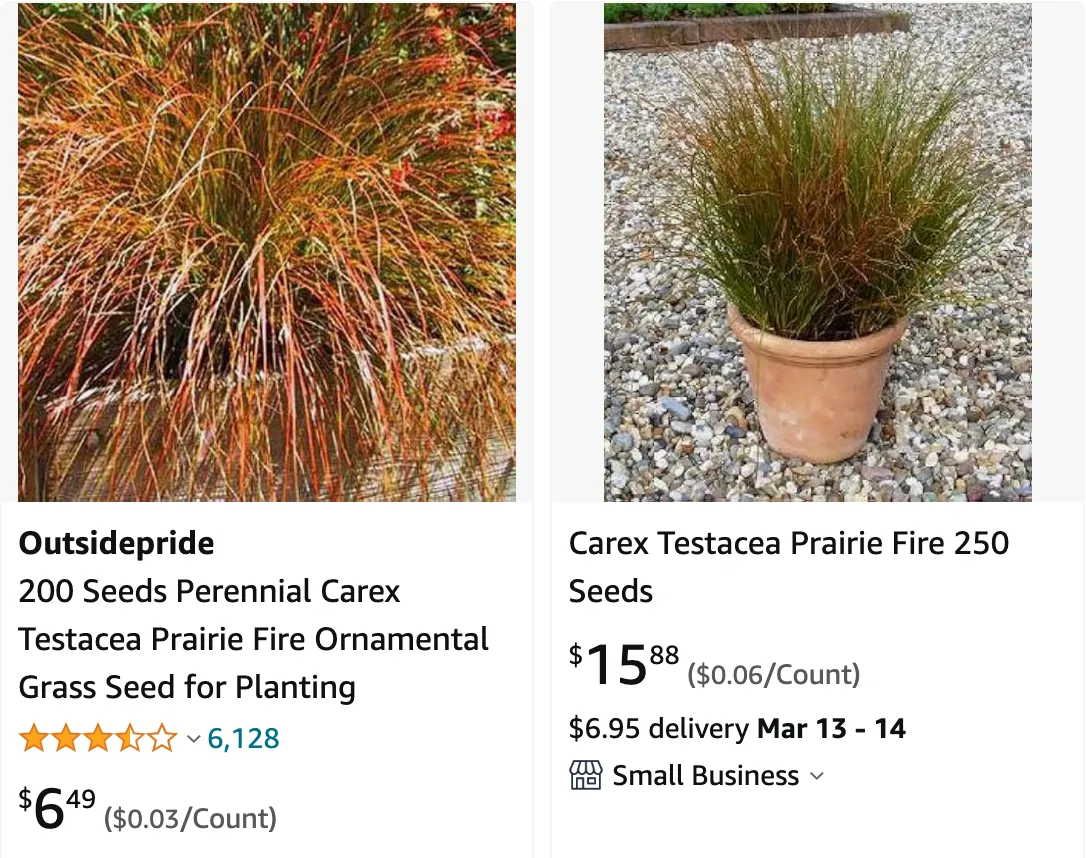
The Allure of Carex Testacea: A Gardener’s Guide
There’s a certain magic to ornamental grasses. They bring a textural element to the garden, swaying gently in the breeze and adding a touch of movement. But some grasses go beyond mere texture, offering vibrant colors and year-round interest. Enter Carex testacea, the Orange New Zealand Sedge, a plant that has stolen a permanent spot in my heart (and garden).
2324 Species in Genus Carex
For those unfamiliar with Carex testacea, it’s a herbaceous perennial native to New Zealand. But don’t let its exotic origins fool you – this plant is surprisingly easy to grow and thrives in many climates. What truly sets it apart is its foliage. In summer, the leaves boast a stunning olive-green hue, morphing into a captivating coppery-brown as the season progresses. Winter brings a final transformation, with warm orange tints emerging, adding a splash of color to the often-drab landscape.
This captivating color play makes Carex testacea a versatile addition to any garden. It forms a graceful, cascading mound, reaching about 18-24 inches in height. It can be used as an accent plant in beds and borders, providing a textural contrast to flowering perennials. And its low-growing habit makes it ideal for slopes and banks, helping to prevent erosion.
But Carex testacea’s beauty isn’t just skin deep. It’s a low-maintenance plant, requiring minimal care once established. Plus, it tolerates a range of conditions, making it a great choice for gardeners of all levels.
Intrigued by the allure of Carex testacea? Here’s everything you need to know to bring this captivating plant into your own garden.
Where to Plant Carex Testacea?
Sunlight plays a crucial role in coaxing out the best colors in Carex testacea. While it tolerates some shade, full sun exposure brings out the most vibrant foliage. However, in hotter climates, afternoon shade can be beneficial to prevent the leaves from scorching.
When choosing a location, consider the soil conditions. Carex testacea prefers well-drained soil. If your soil is heavy clay, amending it with some compost or sand can help improve drainage.
How to plant Carex Testacea?
Planting Carex testacea is a breeze. Here’s how to do it:
- Dig a hole slightly larger than the plant’s root ball.
- Mix some compost into the removed soil to improve drainage and fertility.
- Gently loosen the roots of the plant before placing it in the hole.
- Ensure the crown (the point where the roots meet the stem) sits at soil level.
- Backfill the hole with the amended soil, tamping it down gently.
- Water thoroughly to settle the soil around the roots.
How to Care for Carex Testacea?
Once established, Carex testacea requires minimal care. Here are some basic tips:
- Watering: Water regularly during the first growing season, especially during hot and dry spells. Once established, it’s fairly drought tolerant.
- Feeding: A light application of slow-release fertilizer in early spring can be beneficial, but not essential.
- Pruning: In late winter or early spring, remove any dead or brown leaves to encourage new growth. You can also trim the entire clump by about one-third to maintain its shape.
How to Propagate Carex Testacea?
Carex testacea can be propagated by division in spring or early fall. Here’s how:
- Using a sharp spade, carefully dig up the mature clump.
- Gently divide the clump into smaller sections, ensuring each division has healthy roots and shoots.
- Replant the divisions immediately, following the planting instructions above.
What to Plant with Carex Testacea?
Carex testacea pairs beautifully with a variety of plants. Here are a few ideas:
- Perennials: Lavender, Salvia, Nepeta
- Bulbs: Daffodils, Tulips, Alliums
- Shrubs: Low-growing ornamental grasses like Blue Fescue
With its captivating colors and easy-going nature, Carex testacea is a surefire way to add year-round interest to your garden. So why not give this remarkable plant a try? You won’t be disappointed.
If i die, water my plants!



